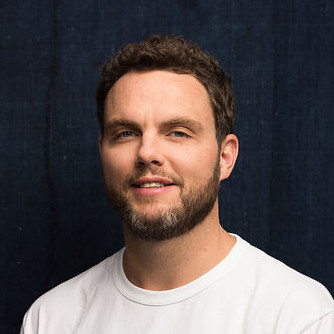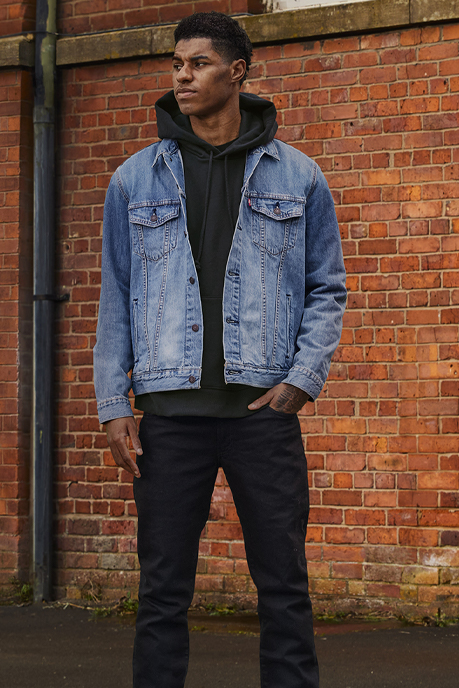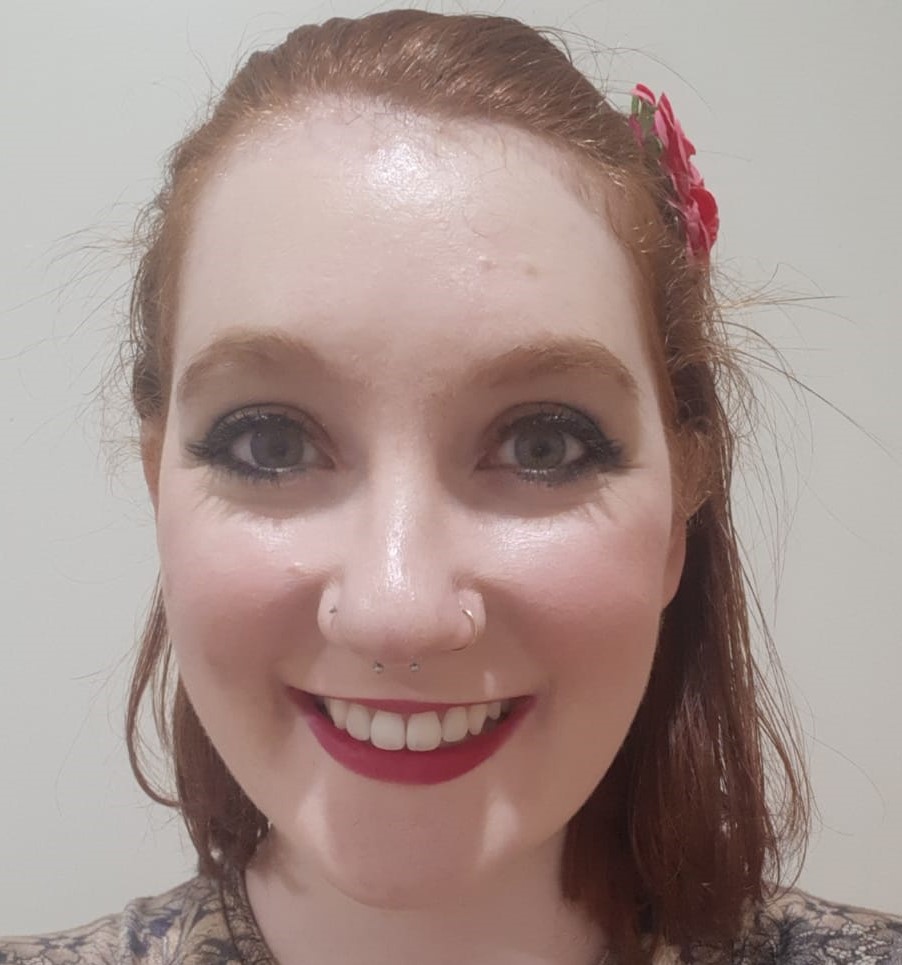Since 1853, Levi’s® has established itself as a tried-and-true brand for high quality jeans. As the flux and flow of trends continue to influence the way people wear jeans, the Levi’s® name remains recognizable across multiple generations. With climate change as a pressing issue, all industries, especially fashion, are being held accountable for their ability to adjust and to create more sustainable practices. With the Buy Better, Wear Longer® campaign, Levi’s® is returning to the foundation and crafting a line of jeans that are significantly less harmful to the environment.
The company has adopted practices such as Water<Less® technology to cut back on water waste during production. This line was also crafted with cottonized hemp and organic cotton. To appeal to the more environmentally conscious generations Millennials and Gen Z, Levi’s chose young influencers who are vocal and passionate about fighting climate change. OnSide Media had the opportunity to speak with Chris Jackman, VP of Global Marketing, to learn more about their initiative to inspire sustainability and longevity in the fashion industry.

This spring campaign was launched on April 19th of this year. Why was this the ideal time for Levi’s® to claim this initiative?
Chris Jackman: Following World Water Day on March 22 and ahead of Earth Day on April 22, this was the ideal time to raise awareness about overconsumption and deliver a call-to-action. The “Buy Better, Wear Longer® ” campaign speaks to our goal of reducing our impact on the planet and working with our peers to achieve industry-wide change.
Levi’s® is a brand that has been known for numerous generations. How have you practiced the Buy Better, Wear Longer® philosophy prior to launching this eco-conscious initiative?
CJ: This philosophy is not new to the Levi’s® mission. Our products have always been designed to last for generations. The first blue jeans created by Levi’s® Strauss and Jacob Davis were constructed to be a more durable option for workers and miners. Today, we continue to innovate to make our products and operations more sustainable, more efficient, and more circular. This requires an intentional and holistic approach that starts with how we design products to be worn, repaired and eventually reclaimed and repurposed or recycled, if, and when they are no longer useful to their owner.
This includes continued focus on quality and durability in design; efforts to reduce the environmental footprint of cotton cultivation; work to scale the use of less resource intensive alternative fibers such as rainfed hemp; programs to reduce our water use, initiatives to decrease waste and further reduce our carbon footprint; and efforts to build our in-store Levi’s® Tailor Shop offerings that can help extend the life of garments. We say sustainability is woven into everything we do and that’s never been more true, or more necessary, for our business and our shared future.

Being a brand that is so well known and loved as Levi’s® , what kind of example do you hope to set for other clothing brands that are at a similar level to Levi’s® ? What message do you hope to spread through this initiative?
For a business like ours, the sustainability imperative is clear: we must continue to find ways to use less water, reduce emissions, better support workers, reduce waste, and become more circular. But no one can go it alone, especially in our industry and sharing information and innovation so others can adopt those better practices is incredibly important.
We need brands collaborating with each other and other partners to solve the biggest challenges we face while doing everything possible to make sure their own products and practices are as sustainable as they can possibly be. We are 100% committed to doing our part, to making the investments, doing the R&D, partnering with others, innovating, trying, failing, and trying again to get it right. The consumer has a role to play, too, and it’s that joint responsibility – and joint opportunity – between brands and consumers that we are trying to get at with this campaign.
Influencers such as Emma Chamberlain and Jaden Smith are the face of this campaign, as they are passionate and vocal about their environmental activism. What criteria did the brand follow when choosing representatives for this campaign?
The campaign features an inspiring group of changemakers — Jaden Smith, Xiye Bastida, Melati Wijsen, Xiuhtezcatl, Emma Chamberlain and Marcus Rashford. Our campaign partners share both our passion for this effort and our sense of urgency. Emma Chamberlain is a leading voice among her generation. She’s a true fashion lover who prefers thrifting, and making something old, new again. Long-time brand partner and like-minded thinker, Jaden Smith’s interest in water has led him to raise awareness around our planet’s limited resources.
Marcus Rashford, an English footballer, is a philanthropist and fierce advocate for youth from underserved communities. In addition to these cultural icons, three young activists are putting their words into actions: Melati Wijsen, a 20-year-old Indonesian/Dutch social entrepreneur, co-founded Bye Bye Plastic Bags, a non-profit that successfully campaigned to ban styrofoam, plastic bags, and straws from Bali. Xiye Bastida, born and raised in San Pedro Tultepec, Mexico, a town stricken by both drought and floods, knows first-hand what climate change can bring and is taking to the streets to fight for a more planet-friendly future. Native American hip-hop artist Xiuhtezcatl blends music with themes of environmental justice in songs like “What the Frack” and “Speak for the Trees.”

You have adopted more sustainable practices such as using Cottonized Hemp/Organic Cotton and using Water<Less® technology to save water when producing your clothing. Which of these practices was the most challenging to adopt into production?
CJ: Each practice is unique, but all are dedicated to improving the way we make apparel and creating products that are rigorously tested for durability to stand the test of time. Since introducing Water<Less® in 2011, we have saved 4.2 billion liters of water and reused and recycled 9.6 billion liters of water. Through our other initiatives, 75% of our cotton now comes from more sustainable sources with 65% of our products currently being made in factories that run our Worker Well-being programs. But there’s always more work to do. We are working towards 100% sustainably sourced cotton by 2025, 100% renewable energy in owned & operated facilities by 2025, 40% reduction in greenhouse gas emissions in our supply chain, and 50% reduction of water use in manufacturing in water-stressed areas by 2030.






